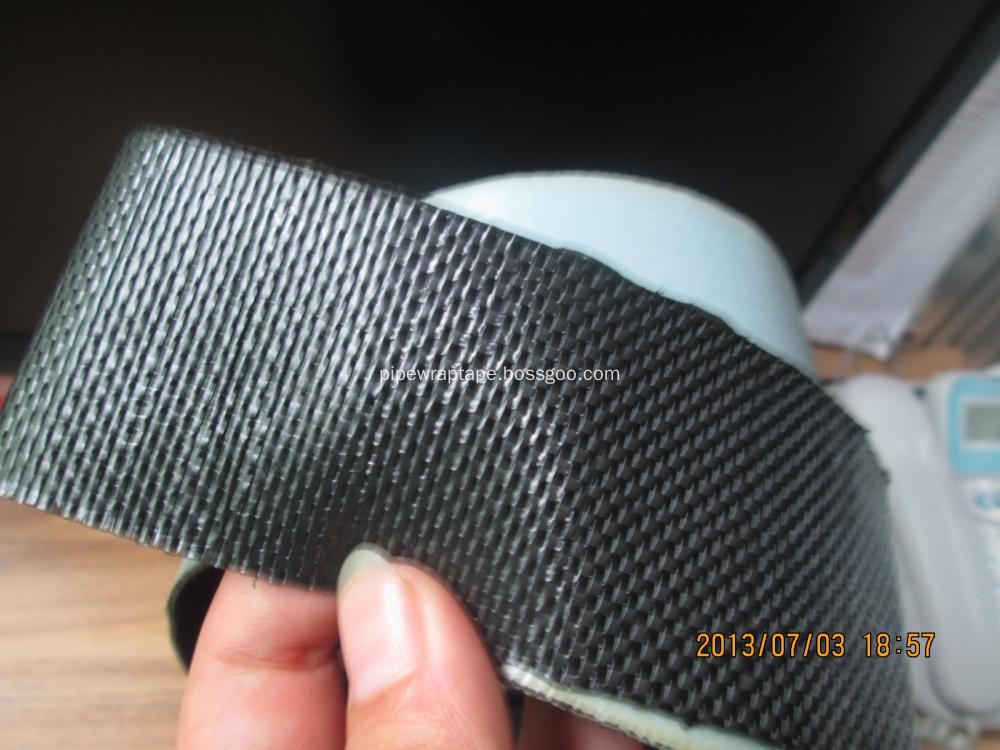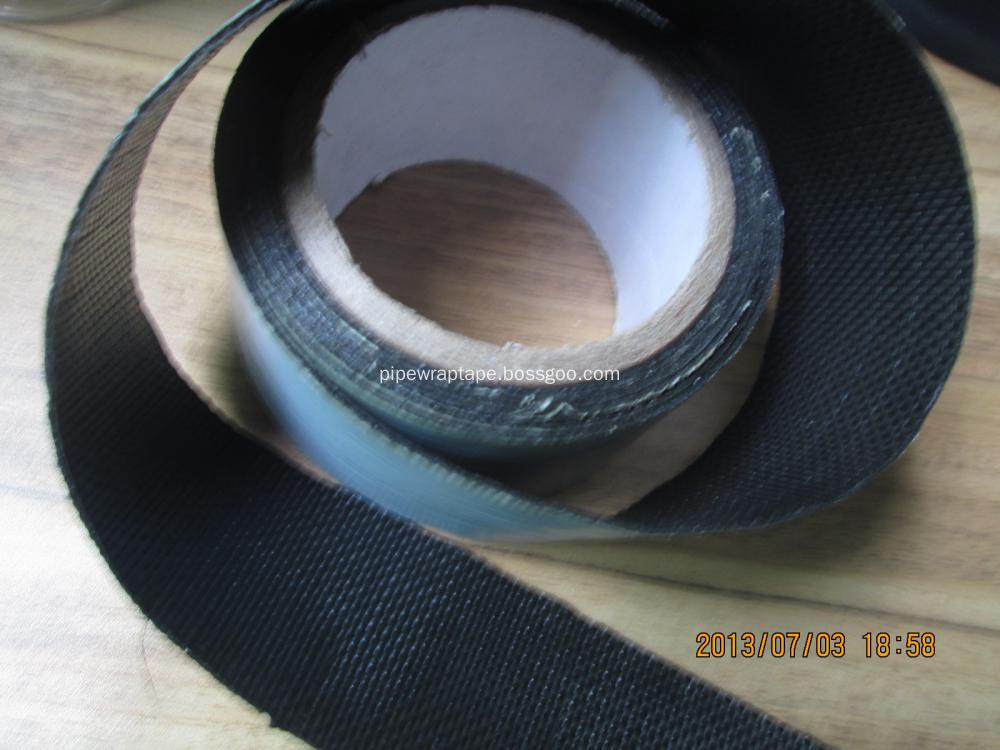The air conveying chute is a pneumatic conveying device widely used for conveying dry powdery materials. It is commonly used in the cement industry to transport cement and raw meal powder. The air chute has no rotating parts in the conveying material, is easy to maintain, has good sealing performance, no noise, safe and reliable operation, less power consumption, convenient to change the conveying direction, and can be widely fed and multi-point unloading. application. The main component of the air chute is a gas permeable layer. The air chute adopts PETS-6 (polyester) synthetic fiber fabric, which is a new type of breathable type. It has high temperature resistance (up to 150), corrosion resistance and wear resistance. Low moisture absorption, light weight, smooth surface and long service life.
Air conveying chute
It is easy to use fluidized materials such as cement and coal ash, which are not suitable for materials with large particle size, high water content and poor fluidization performance.
Air conveying chute working principle
The high-pressure centrifugal fan (9-19:9-26) is used as the power source to keep the material in the closed conveying chute fluidly flowing toward the inclined downward end.
Air conveying chute features
The main part of the machine has no transmission parts, adopts a new coated venting layer, corrosion resistance, wear resistance, low moisture absorption, light weight, smooth surface, easy to change the conveying direction, etc. The machine can feed multiple points and multi-point discharge. .
Air transport chute use and maintenance
1. Start the fan and then add the material when starting the machine. Stop the feeding when the machine is turned off. Wait until the material is finished (or close to the delivery) and then stop the fan. The fan on the branch is not used when it is not used.
2, the trough should be kept sealed, if there is air leakage, leakage of powder should be repaired;
3, cutting, cut the breathable layer according to the required size, use electric iron (or heated steel strip) to heat block the incision to prevent diffusion;
4. Punch, heat with an iron bar slightly smaller than the diameter of the mounting bolt, and perforate the perforated portion around the gas permeable layer. Be careful not to let the open flame burn the gas permeable layer when piercing. If drilling with a drilling machine, the hot iron bar should be used to heat the hole around the rig to prevent it from dissipating;
5. Lay the gas permeable layer on the punching box, pass through the bolt, and press the iron bar around it to tighten it.
6, the bead (or flange) should be stabbed, the weld is ground;
7. To ensure the seal, apply polymer sealant (or 10 mm thick felt pad) around the lower surface of the gas permeable layer.
Pneumatic chute dense phase conveying system
The air chute dense phase conveying system, that is, the air chute system, utilizes a certain pressure of air blown by the fan through the gas permeable layer to fluidize the material on the gas permeable layer, and the material in the inclined groove is lowered by its own gravity. Delivery purpose. Usually used to transport dry powdered materials at close range.
The air chute has a simple and compact structure, low investment, energy consumption and running cost, reliable operation, low maintenance workload, easy change of conveying direction, multi-point feeding, automatic operation without relying on expensive control devices, and its conveying capacity. It can reach hundreds of tons per hour, which is a fast and convenient transportation method.
Since the chute transport requires a certain drop to form a slope to achieve the purpose (the slope should be not less than 8% when transporting fly ash). Therefore, the arrangement of the chute system requires a certain space height, which is suitable for short-distance transportation, and the conveying distance is usually within 100 meters. It is commonly used in power plant ash removal systems for the concentration and short-distance horizontal distance of fly ash.
The air chute delivery system typically consists of a supply device (a uniformly fed impeller feeder), a feed slip, a standard or non-standard straight slot, an end cover, 90. The curved groove, the three-way groove, the discharge hopper, the fan and the like can be designed and arranged according to the requirements of the transportation process. The design of the chute system is the key to the success of the chute operation and requires certain skills and experience. At present, the domestic production of trough system equipment with a width of 125, 150, 170, 200, 250, 300, 350, 400mm, the maximum output can reach 250 tons per hour, which can meet the ash requirements of 600MW thermal power units. For smaller or larger series of chutes, it can be designed according to requirements.
The air chute is a common powder conveying device, which can replace the screw conveyor and the buried scraper as the dry ash centralized equipment, and has the advantages that the screw conveyor and the buried scraper conveyor do not have, such as none. Moving parts, there is no mechanical wear problem, low power consumption, etc.
The air chute is a rectangular cross-section conveying pipe arranged at a certain slope to cause the powder to flow under the action of gravity. The air chute is divided into two upper and lower tanks. In order to reduce the frictional resistance during the movement of the powder, the air of the constant pressure and the air volume is sent from the upper end of the chute to the trough. The air passes through the perforated plate (also known as the gasification plate) between the upper and lower tanks and uniformly flows into the upper tank body, and then the powder layer passing through the upper tank body is discharged from the top of the tail end of the chute. When the air passes through the perforated plate, the dust layer of the powder is fluidized, thereby greatly improving the fluidity of the powder and achieving the purpose of transportation by gravity. It can be seen that the air flow in the air chute does not generate the thrust to move the powder, but only acts as a fluidization to reduce the friction between the powder and the tank and between the particles themselves. What drives the powder forward is the gravity of the powder itself, so from the essence. The air chute is not a pneumatic conveying device, but a gravity conveying device under gasification. It is because of this that the congenital deficiency of the air chute is determined, that is, it can only be inclined downwardly at a certain angle, and cannot be fed up and horizontally. Different powders have different inclinations due to different physical properties. Generally, the slope is 4%-6%; when used for power plant dry ash concentration equipment, the installation slope of the air chute should not be less than 6%.
The porous plate material of the air chute is generally cement, chemical fiber fabric, porous ceramic or the like. The amount of air required for the fluidization of the powder is provided by a dedicated small centrifugal fan or to the outlet of the blower. The wind pressure is generally 3 - 5 kPa. If the wind pressure is too small, the ash layer cannot achieve the desired fluidization effect; otherwise, the structure of the ash layer will be destroyed, resulting in uneven gasification, and local dust will be taken away by the high-speed airflow. The other parts of the situation are blocked. The exhaust of the air chute contains a certain amount of fly ash, which cannot be directly discharged into the atmosphere. If the bag dust collector is arranged, not only the system is complicated, but also the gasification wind pressure is consumed. A feasible solution is to introduce the exhaust gas directly into the front flue of the electrostatic precipitator.
In order to prevent the low temperature and humid air from entering the air chute, causing the ash layer to agglomerate and causing blockage, the outer wall of the air chute should be insulated; and an electric heating device is installed on the air population pipe, and the air temperature is generally not lower than 40 °C. In humid areas, the air temperature should not be lower than 80 °C.

Concerned about surprises
Label: air chute, pneumatic chute dense phase conveying system
Previous: CCTV inspection (central control industrial pipeline endoscope) Next: Advantages of valve-regulated sealed lead-acid battery
PP fiber woven tape T 500
â… System description:
The XUNDA-T 500 series is cold applied tape for both metallic pipelines and waterproofing works against outdoor bad weathers .
The PP fiber woven tape shall be applied after the Liquid adhesive by hand or with a wrapping machine.
|
Waterproofing- |
Pipelines protection |
|
-Waterproofing membrane for basements,substructures and flat deck applications. plazas, bridge, vehicular traffic structures, or parking decks overlaid with an asphalt concrete wearing course. |
_ Weld joints |


Polypropylene Adhesive Tape, PP Mesh Tape, PP Film Bitumen Tape, Polypropylene Waterproof Tape
Jining Xunda Pipe Coating Materials Co.,Ltd , http://www.pipe-wrap.com